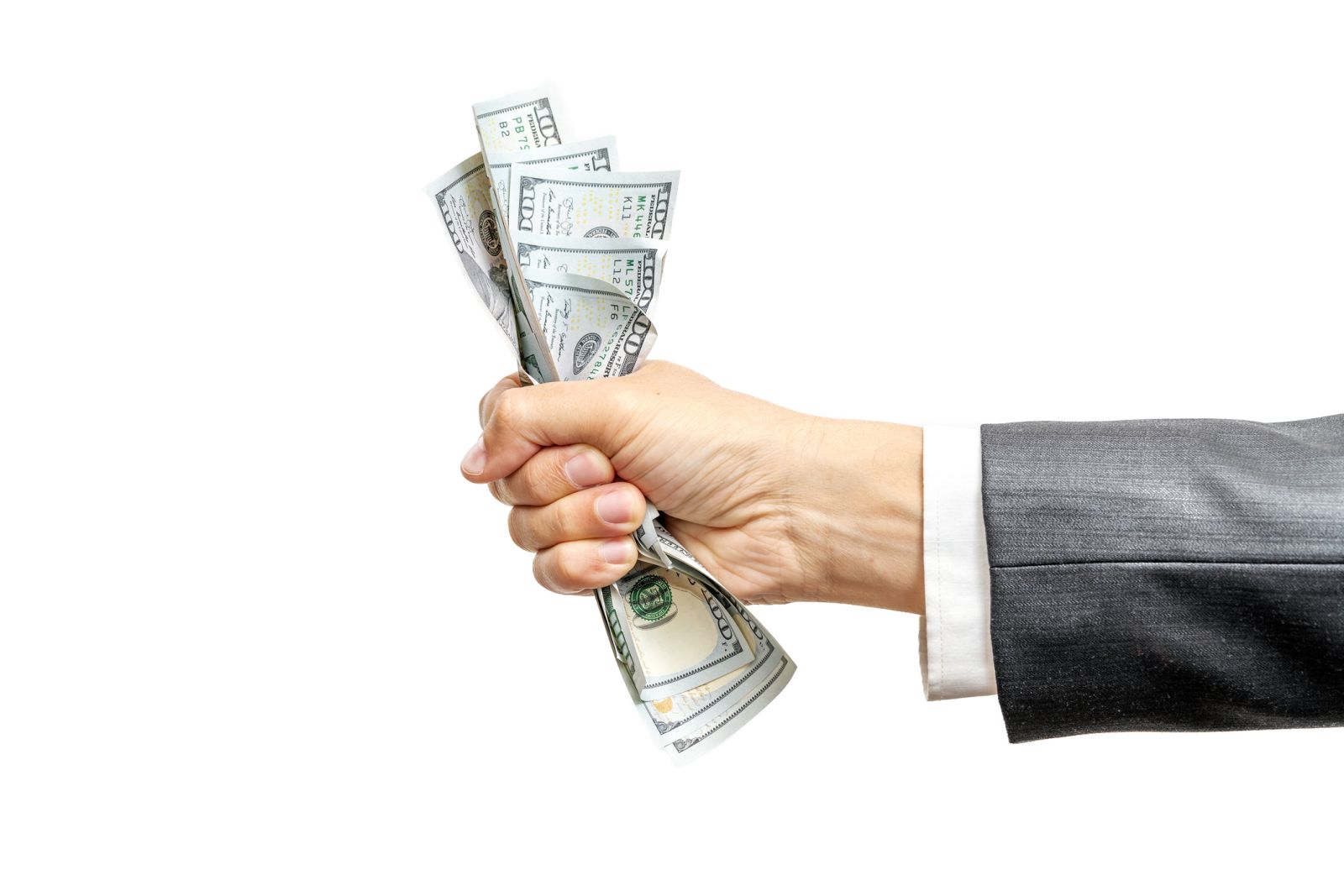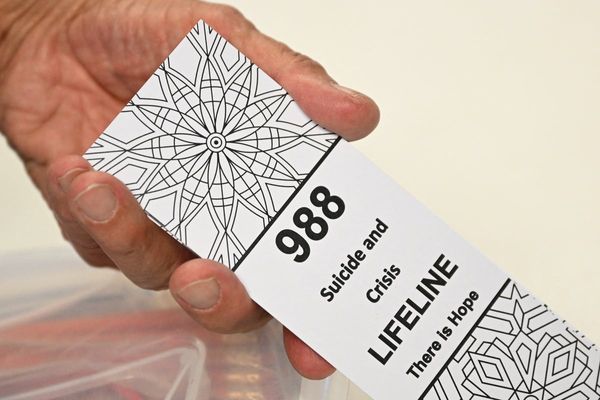
The dollar index (DXY00) Friday rose by +0.58% and posted a 1-week high. The dollar rose Friday on increased safe-haven demand from President Trump’s threat to impose 25% tariffs on goods from Canada and Mexico and a 10% tariff on Chinese goods on Saturday. The dollar also found support from Friday’s US economic news, which showed that Dec personal spending rose more than expected. Gains in the dollar accelerated due to hawkish comments from Fed Governor Bowman and Chicago Fed President Goolsbee, who signaled they wanted to see lower inflation before any additional easing of Fed policy.
US Dec personal spending rose +0.7% m/m, stronger than expectations of +0.5% m/m. Dec personal income rose +0.4% m/m, which is right on expectations.
The US Dec core PCE price index, the Fed’s preferred inflation gauge, rose +0.2% m/m and +2.8% y/y, right on expectations.
The US Q4 employment cost index rose +0.9%, which is right on expectations.
The US Jan MNI Chicago PMI rose +2.5 to 39.5, weaker than expectations of 40.0.
Fed Governor Bowman said, “I would like to see progress in lowering inflation resume before we make further adjustments to the fed funds target range.”
Chicago Fed President Goolsbee said he has “comfort” that US inflation is on a path to 2%, but it makes sense to slow the pace or rate reductions as the Fed nears the neutral rate.
The markets are discounting the chances at 16% for a -25 bp rate cut at the next FOMC meeting on March 18-19.
EUR/USD (^EURUSD) Friday fell by -0.18% and posted a 1-1/2 week low. Friday’s dollar strength is weighing on the euro. Also, signs of weakness in the German economy, the Eurozone’s largest, are undercutting the euro after the German Jan unemployment rate unexpectedly rose to a 4-year high and German Dec retail sales declined. Losses in the euro are limited after the ECB’s Dec 1-year inflation expectations increased to a 5-month high, a hawkish factor for ECB policy.
ECB Dec 1-year inflation expectations increased to a 5-month high of +2.8% from +2.6% in Nov, stronger than expectations of +2.7%. The Dec 3-year inflation expectations were unchanged from Nov at +2.4%, right on expectations.
German Dec retail sales unexpectedly fell -1.6% m/m, weaker than expectations of no change and the biggest decline in 2 years.
The German Jan unemployment rate unexpectedly rose +0.1 to a 4-year high of 6.2%, showing a weaker labor market than expectations of no change at 6.1%.
Swaps are discounting the chances at 21% for a -25 bp rate cut by the ECB at the March 6 policy meeting.
USD/JPY (^USDJPY) Friday rose by +0.54%. The yen came under pressure Friday from comments from BOJ Governor Ueda, who said the BOJ will maintain accommodative monetary policy until underlying inflation gradually rises toward 2%. Higher T-note yields Friday also weighed on the yen. Losses in the yen were limited after Japan’s Tokyo Jan CPI rose more than expected at the fastest pace in 1-3/4 years, a hawkish factor for BOJ policy.
The Japan Dec jobless rate unexpectedly fell -0.1 to 2.4%, showing a stronger labor market than expectations of no change at 2.5%.
Japan Dec industrial production rose +0.3% m/m, stronger than expectations of +0.2% m/m.
Japan Dec retail sales fell -0.7% m/m, weaker than expectations of -0.1% m/m.
Japan Tokyo Jan CPI rose +3.4% y/y, stronger than expectations of +3.0% y/y and the largest increase in 1-3/4 years. Tokyo Jan CPI ex-fresh food and energy rose +1.9% y/y, right on expectations.
BOJ Governor Ueda said, “To achieve a gradual pickup in prices accompanied by a solid increase in wages, we need to support economic activity by maintaining accommodative monetary easing so that underlying inflation will gradually rise toward 2%.”
February gold (GCG25) Friday closed down -10.50 (-0.37%), and March silver (SIH25) closed down -0.228 (-0.70%). Precious Metals gave up an early advance on Friday and turned lower on long liquidation pressures after Reuters reported that President Trump would delay tariffs against Canada and Mexico until March 1. However, that report was later denied by the White House, which said President Trump would proceed with the 25% tariff on imports from Canada and Mexico and a 10% tariff on Chinese goods on Saturday. Friday’s rally in the dollar index to a 1-week high also weighed on metals prices. In addition, hawkish comments Friday from Fed Governor Bowman and Chicago Fed President Goolsbee weighed on precious metals when they said they favored seeing lower inflation before any additional easing of Fed policy.
Precious metals on Friday initially moved higher, with gold posting a new record nearest-futures high and silver posting a 7-week high. Safe-haven demand is boosting precious metals prices on expectations that an increase in tariffs could boost price pressures and increase demand for precious metals as an inflation hedge. Dovish comments Friday from BOJ Governor Ueda increased demand for precious metals as a store of value when he said the BOJ will maintain accommodative monetary policy until underlying inflation gradually rises toward 2%.







